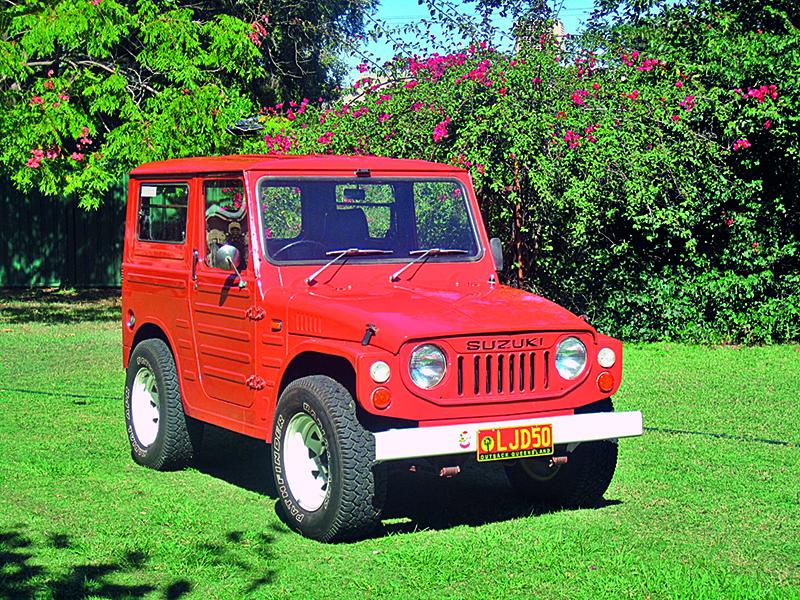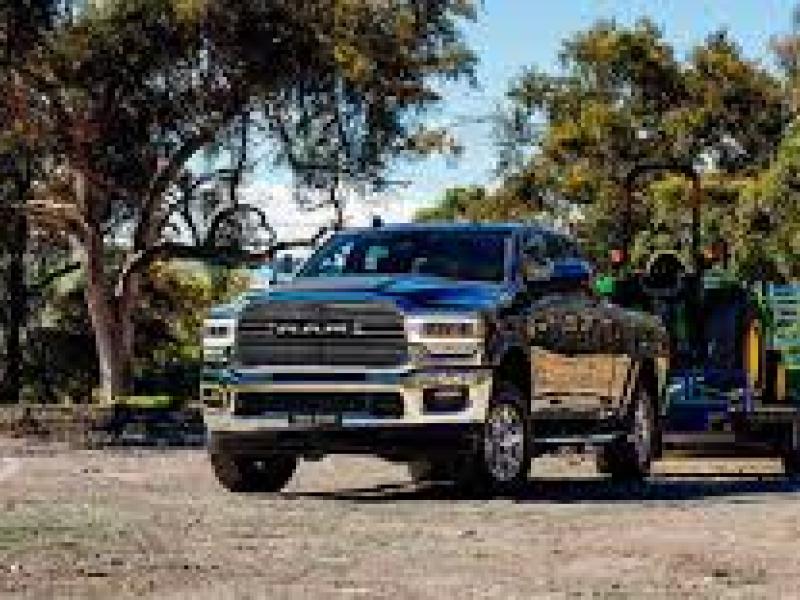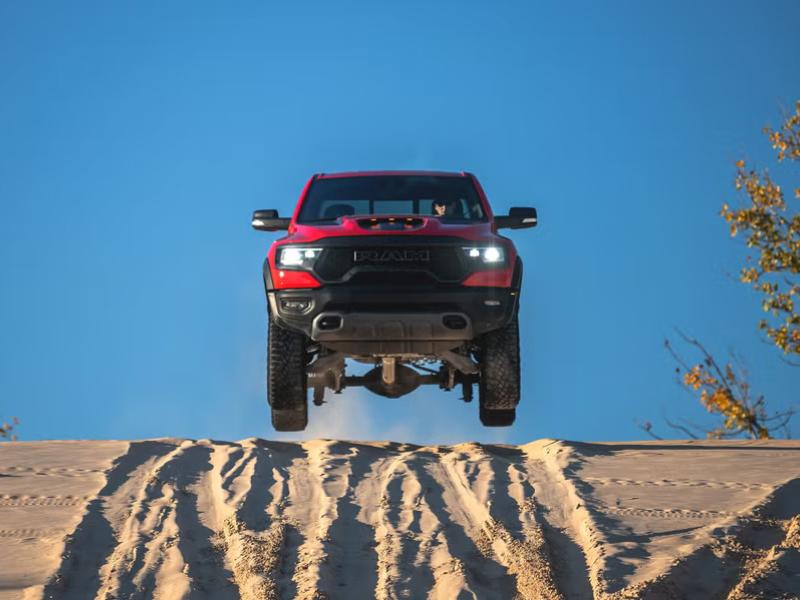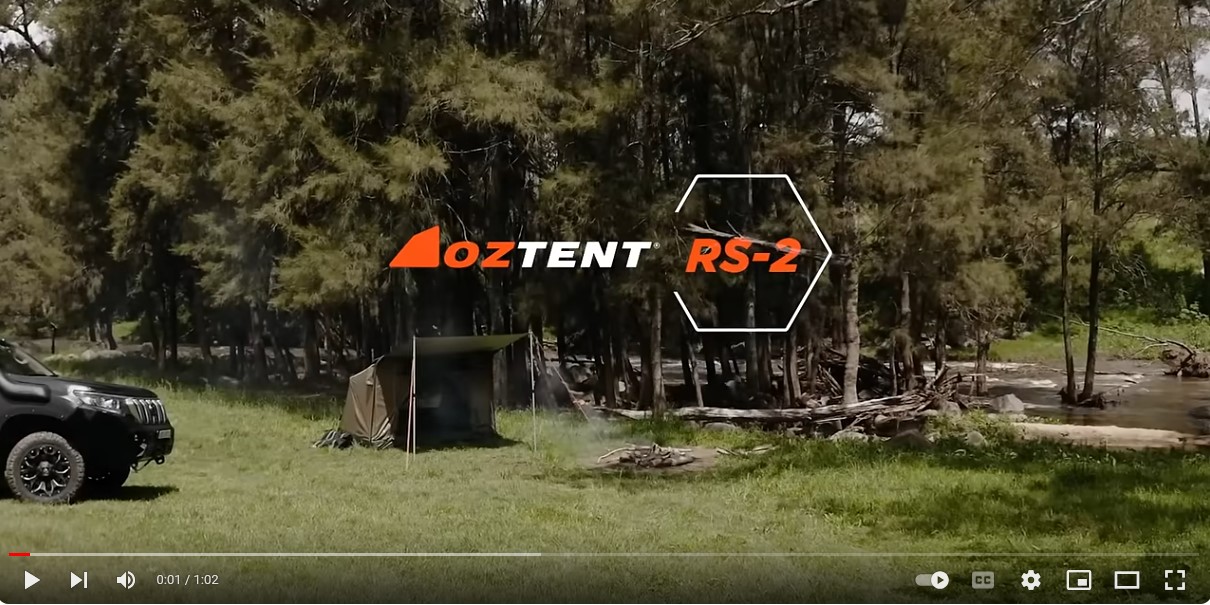No 4WD on sale today has stayed as close to its origins as Suzuki’s Jimny. This ‘proper’ 4WD SUV traces its roots back to Suzuki’s first mainstream global success, the LJ50. Born in 1970, the series started with Kei class domestic market models, the LJ10 and 20. But it was with the two-stroke featherweight LJ50 that international sales began in earnest, and that also saw the start of the accessory craze for Suzuki 4WDs. The first steps were wheels and tyres, replacing the skinny rims and bar-tread crossply tyres with wider steelies and aggressive Dunlop or Firestone mud-tread tyres. With its light weight and bigger boots, the Jimny could float across bogs that left Land Rovers, Land Cruisers and Jeeps wallowing.
Then Jimny mania became more mainstream with the arrival of the LJ80, also known as the Jimny 8. This one had a four- stroke engine, bringing more power and torque with little weight penalty. The SUV became a little bigger – though still true to the LJ philosophy – with the launch of the SJ410 and SJ413.
The SJ stayed in the market until the new Jimny was launched in 1997.
All four Jimny generations have separate frame and body. The body has no structural carrying role. It serves only as a cabin to protect the occupants from the elements, provide comfort, and protect them in the case of a crash.
All four generations have live (solid- beam) axles both at the front and rear. This is particularly well suited for all- terrain duty, both from the durability and performance perspectives.
The first two Jimny generations used leaf-sprung suspension at all four wheels, with the third and fourth generations moving up to coil-sprung suspension. The ride improved dramatically.
The arrival of the current JB74 Jimny continues the legacy of this unique 4WD. It adds more room inside, and even a five door version that makes it possible – and practical – to bring family or friends along on classic Kiwi off-road adventures.







